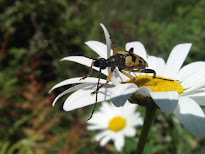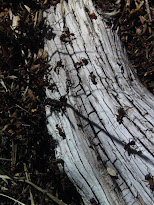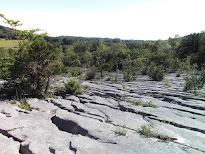The Sweet Smell Of Success
After enjoying the view and the increasing sunshine we left the main path and explored a small section of open land beside the lake shore. Our primary objective was the varied flora but we also saw blue-tailed damselflies including a few mating pairs and some tiny common toadlets and meadow grasshoppers. The plant life ranged from the giant to the delicate, the former being represented by some tall spires of great mullein including one specimen over four feet in height, a primitive-looking triffid of a plant I always think. The delicates including little cushions of marjoram, bird's-eye primrose now more or less gone over, but replacing it the common spotted orchids and also the star find, a single fragrant orchid. Hawes Water is a local stronghold for these plants and management of the bracken spread has allowed it to regroup. It lives up to its name as well with a rich, fruity aroma.
Great Mullein Fragrant Orchid Common Spotted Orchid
We retraced our steps and headed through the rich wildflower meadows towards Gait Barrows. Under the fringes of the woodland a mass of ox-eye daisies were a white tablecloth over the grass with closer inspection revealing more spotted orchids, self-heal and buttercup. Young rabbits were grazing and sunbathing within safe distance of the warren in the hedgerow and meadow browns, small skipper and a single four-spotted chaser were amongst the insects on the wing. A yellow-and-black longhorn beetle was also attracted to the ox-eyes and provided a good photo opportunity - later in the day we saw one on the wing, flying strongly despite its somewhat cumbersome appearance. A brief investigation under a fallen log revealed a couple of unusual minibeasts - a tightly-coiled pill millipede and a two-toothed door snail.



Two-toothed Door Snail Pill Millipede Yellow-and-black Longhorn
Leaving the meadows we went onto the Gait Barrows site and followed the longer of the two routes through the woodland and across stretches of the limestone pavement. This is a very tranquil site, even more so on a warm and still summer day, with little noise beyond the birdsong - garden warbler, long-tailed tit, bullfinch, blackcap, chiffchaff and willow warbler all heard throughout the walk but harder to catch sight of in the verdant canopies. We stopped to watch a kestrel, hovering high over the limestone pavement before sheering off to hunt elsewhere. Small common frogs were hopping in the undergrowth whilst there was no shortage of insects - grasshoppers everywhere providing the soundtrack to the walk and we enjoyed watching one obliging specimen as it produced its song. Whilst most of the butterflies were meadow browns closer inspection showed a number of ringlets with one individual giving good views and a chance to appreciate the delicate creamy borders to its wings and the eye spots which give its name. The site is also well-known for its wood ant population and we found a relatively small nest which was seething with worker ant activity.


Wood Ants Ringlet
The route led out onto the limestone pavement, a lunar landscape of sharp-edged clints and deep grykes. It's very easy to get the bearings wrong out on the pavement but the cairn commemorating the site's opening was a handy marker amidst the wind-sculpted juniper and privet. A tortoiseshell butterfly was enjoying the bramble and yellow tormentil provided a cheerful splash of colour amongst the stark sun-baked greys and whites of the limestone whilst another aromatic plant was added to the list - wood sage being found in abundance on the Barrows.
Limestone Pavement
With the sun now bringing the clegs out we retraced out route all the way back to Silverdale station, spotting something we'd originally missed on our way out, a fine growth of dryad's saddle fungus sprouting beside the road.











Comments
Post a Comment